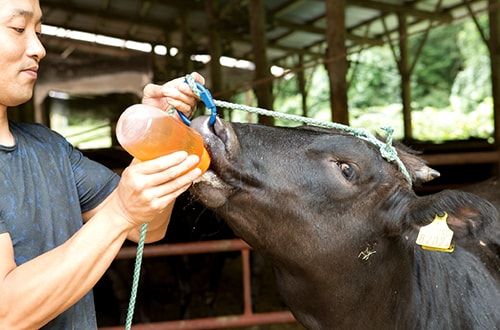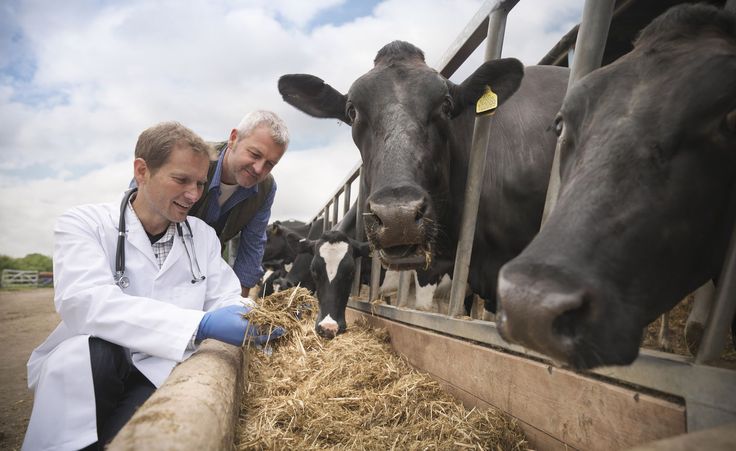Health management is a critical aspect of beef cattle production, directly affecting growth, reproduction, and overall productivity. Effective health strategies help prevent diseases, minimize stress, and ensure high-quality beef. Below are best practices to maintain a healthy cattle herd.
1. Vaccination Programs
Vaccination is essential for preventing common cattle diseases, such as foot-and-mouth disease, brucellosis, and respiratory illnesses. A well-planned vaccination schedule, tailored to local disease risks, ensures herd immunity. Vaccines should be administered by trained personnel and documented for future reference.

2. Parasite Control
Internal and external parasites, such as worms and ticks, can significantly impact cattle health and productivity. Regular deworming and the use of tick control measures, such as dips or sprays, help minimize infestations. Rotational grazing can also disrupt parasite life cycles, reducing their prevalence in pastures.
On a similar note, at Kimd Group of Companies, we support beginner farmers by offering tailored business proposal writing services and design plans for various animal capacities. Therefore whether you’re just starting out or looking to expand, we provide the resources and expertise to help you succeed in the farming industry.
3. Balanced Nutrition
Proper nutrition strengthens the immune system and enhances cattle resilience to diseases. Diets should include high-quality forage, supplements, and minerals. Special attention should be given to meeting the nutritional needs of calves, pregnant cows, and finishing cattle to support their specific growth and health requirements.

4. Stress Reduction
Stress weakens cattle’s immunity, making them more susceptible to diseases. To minimize stress:
- Handle cattle gently during transportation or medical procedures.
- Provide adequate shelter to protect against extreme weather.
- Ensure sufficient space in feeding and watering areas to prevent overcrowding.

5. Regular Health Checks
Routine monitoring helps detect illnesses early, reducing the risk of outbreaks. Farmers should observe cattle for signs of poor health, such as weight loss, lethargy, or reduced appetite. Professional veterinary checkups ensure timely diagnosis and treatment of issues.

6. Biosecurity Measures
Preventing the introduction and spread of diseases is vital. Biosecurity practices include:
- Quarantining new cattle for at least two weeks before introducing them to the herd.
- Restricting access to the farm to reduce exposure to external pathogens.
- Cleaning and disinfecting equipment regularly.
7. Record-Keeping
Maintaining detailed health records helps track individual cattle’s medical history, vaccination schedules, and treatments. These records are invaluable for identifying patterns and improving herd management practices.
Conclusion
Effective beef cattle health management requires a proactive approach, combining vaccinations, parasite control, balanced nutrition, and stress reduction. By adopting these best practices, farmers can ensure their herds remain healthy and productive, contributing to higher profitability and sustainability. Prioritizing cattle welfare not only improves performance but also aligns with ethical farming standards.
